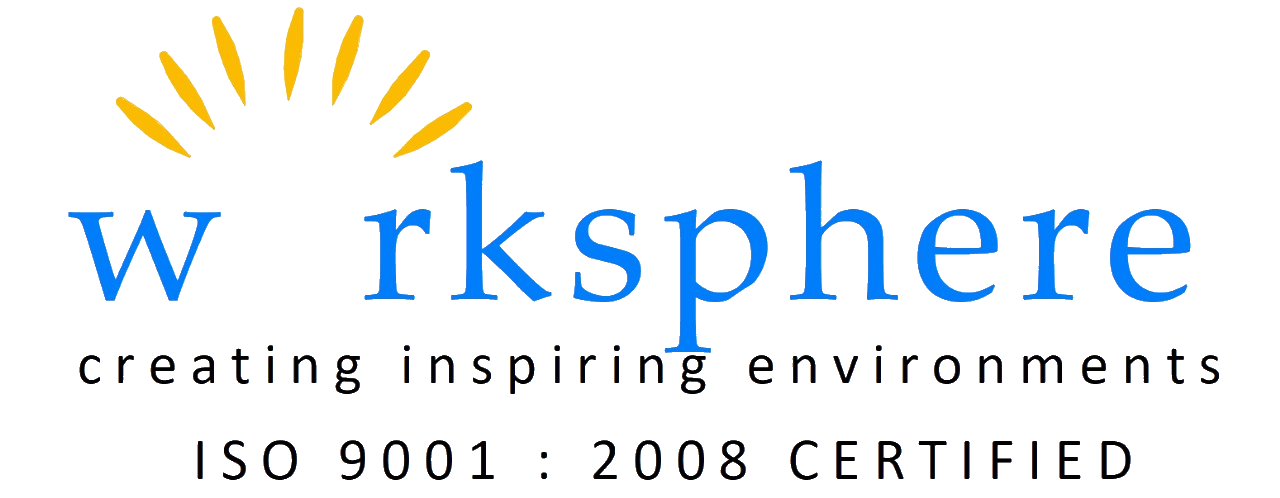In the intricate realm of design, one element stands out not just for its aesthetic appeal but for its tangible impact on our daily lives—lighting. Beyond its ability to enhance visual appeal, lighting design plays a pivotal role in shaping our productivity and overall well-being. As we explore the delicate dance of light and its profound effects, one area that demands special attention is the symbiotic relationship between lighting and productivity.
The Workplace Illumination: Shaping Productive Environments
Consider the modern workplace—a dynamic space where lighting is not just a functional necessity but a key determinant of employee performance. The right lighting can turn a drab office into a vibrant, energizing environment. Natural light, in particular, has been proven to positively influence mood, alertness, and overall productivity.
Numerous studies highlight the connection between exposure to natural light and improved performance in the workplace. Employees in well-lit environments report higher job satisfaction, reduced eyestrain, and increased focus. Harnessing the power of natural light through strategic office layout and thoughtful window placement can create workspaces that promote not only productivity but also employee well-being.

Color Temperature Matters: Setting the Tone for Work
In the realm of lighting design, color temperature plays a crucial role in influencing our circadian rhythms and, consequently, our productivity. Cooler, daylight-mimicking light sources are ideal for spaces where focus and alertness are paramount, such as offices and workstations. On the other hand, warmer tones can be strategically used in break areas or collaborative spaces to foster a more relaxed atmosphere.
Smart lighting systems that allow for dynamic adjustments in color temperature throughout the day are gaining popularity. This mimics the natural progression of sunlight, providing employees with an environment that aligns with their body’s internal clock. By adapting to the changing needs of the workforce, these lighting solutions contribute to sustained energy levels and heightened cognitive performance.
Task-Specific Lighting: Precision for Peak Performance
One of the cornerstones of effective lighting design in the context of productivity is task-specific lighting. Different tasks require varying levels of illumination, and a one-size-fits-all approach is often counterproductive. For example, a brightly lit conference room may not be conducive to focused individual work, just as dim ambient lighting may hinder collaborative efforts.
Implementing adjustable lighting solutions that cater to specific tasks allows for a personalized and optimized work environment. Task lighting, such as desk lamps or under-cabinet lighting, can be fine-tuned to meet the precise needs of individuals, reducing eye strain and creating an environment where productivity can thrive.
The Impact of Lighting on Well-being: A Holistic Approach
Beyond the immediate effects on productivity, the relationship between lighting and overall well-being cannot be overstated. Employees spend a significant portion of their day in the workplace, and the quality of lighting directly influences their physical and mental health.
Incorporating biophilic design principles—integrating natural elements into the built environment—can further enhance the positive effects of lighting on well-being. Access to views of nature, greenery, and even the strategic use of circadian lighting systems can contribute to reduced stress levels and increased overall satisfaction, fostering an atmosphere where productivity naturally flourishes.
Adapting to the Future: Technological Innovations in Lighting
As we navigate the future, technology continues to play a crucial role in advancing lighting design for productivity. Smart lighting systems, responsive to occupancy and user preferences, allow for dynamic adjustments that go beyond traditional static setups. These innovations contribute not only to energy efficiency but also to creating work environments that are in sync with the needs of the workforce.
Conclusion
In the intricate interplay of design and functionality, lighting emerges as a silent influencer of our daily lives, particularly in the context of productivity. From harnessing the benefits of natural light to implementing task-specific and adaptable lighting solutions, designers hold the key to creating environments that inspire and invigorate. As we move forward, the conversation around lighting design and productivity becomes not just a consideration but a cornerstone of holistic workplace well-being, illuminating the path to enhanced efficiency and satisfaction.
